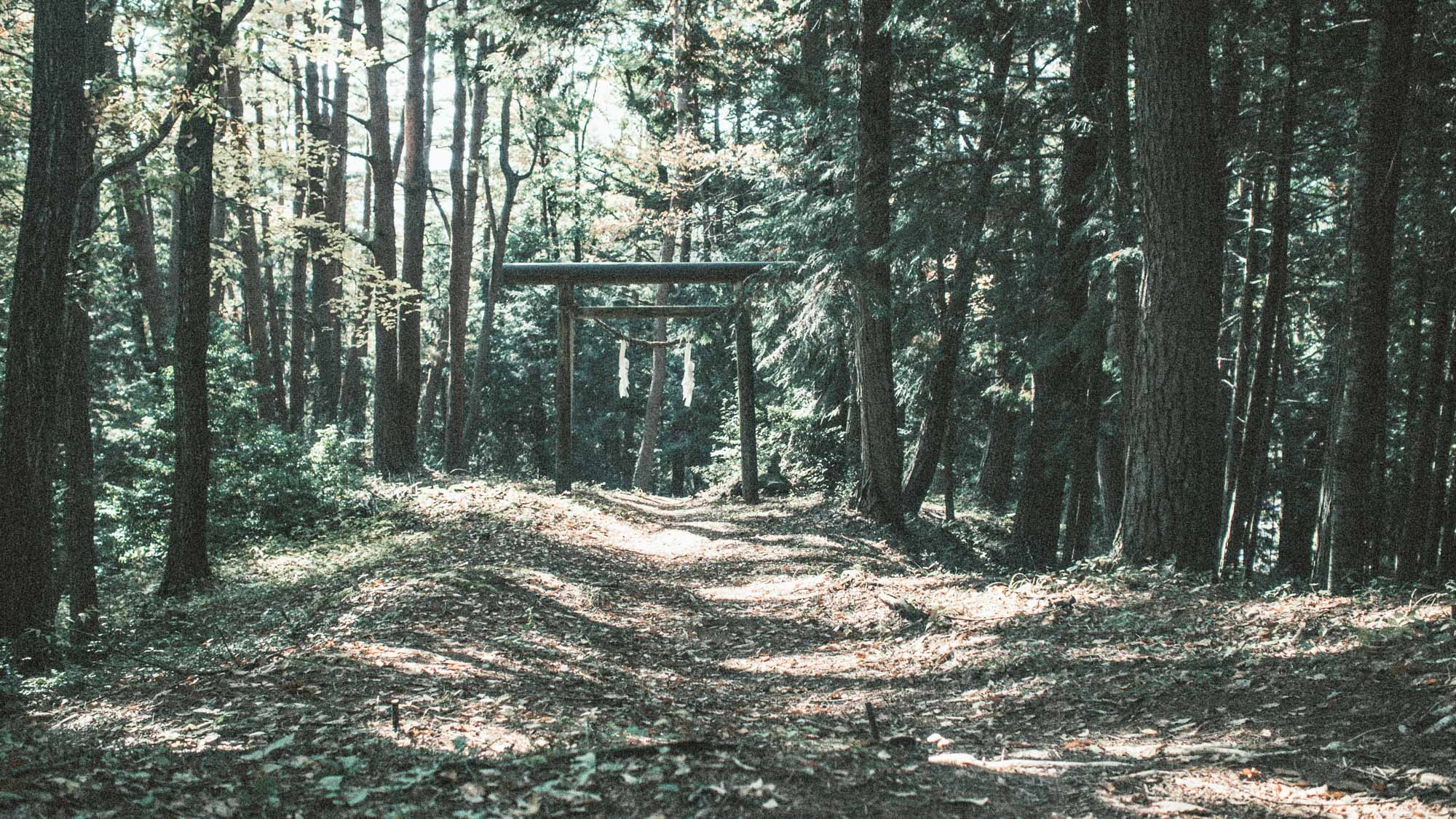The Shinrin-yoku so loved by the Japanese is what we call “forest bathing” and can be healing and regenerating. This practice, whose major exponent is Dr. Qing Li of the Nippon Medical School in Tokyo, is also becoming very famous here in the West. But let’s see in detail what it is.
Shinrin-yoku, the forest bathing loved by the Japanese
Author: Erika | Source: Tokyo Weekender

One of the world’s biggest health trends at the top of the charts, the Shinrin-yoku has become internationally renowned. However, its diffusion dates back to the late 1980s in Japan. In fact, Forest Bathing has for years been considered a true practice of preventive medicine in the land of the Rising Sun. In support of this, there are numbers of researches conducted around the world that have shown how to spend regular periods of time immersed in the quiet of the woods helps to strengthen the immune defences and prevent diseases But what exactly is this about?
What is Shinrin-yoku, Forest Bathing?
Literally, Shinrin-yoku (森林浴) combines the kanji of “forest” and “bath”, and is commonly translated as “bath in the forest”. Promoted some forty years ago by the Japanese government, Shinrin-yoku consists of walking in the woods and applying special breathing techniques. However, forest bathing activities are not limited to breathing. In fact, whether you stay active or simply decide to take some time to relax in the forest area, this also brings you back to this practice.
First used in 1982, this term was promoted by the Japanese Ministry of Agriculture, Forestry and Fisheries to encourage healthy lifestyles and protect the nation’s beautiful natural ambients. Since 1986, the Forsetale Agency together with the Green Civilization Society has indicated more than 100 areas throughout Japan where this concept of bathing is possible. Even today, there are various techniques to keep healthy, but forest bathing is one of those concepts that goes well with Japanese ideology.
In the early 2000s, several universities and research centres conducted experiments to find out how effective this practice was. The various studies were unanimously positive. In fact, it has been shown how spending time between trees reduces stress, improves mood, lowers pulse rate and blood pressure. But not only that, it also increases concentration and creativity as well as strengthening our immune system.
Perhaps sensitivity, and in particular deeply spiritual and historical respect for the natural world, has made this practice thrive in this nation.

Forest Bathing becomes international
Following the strong success achieved in Japan (about 5 million people practice Shinrin-yoku in the country alone), forest bathing has also become very popular internationally. Today, in fact, it has many followers also in the West, the Duchess of Cambridge herself is a fan, as reported by The Guardian. In this regard, in England, many institutions are promoting this practice as a way to relieve daily stress.
One of the leading figures on the subject, Quing Li, president of the Society of Forest Medicine in Japan and author of the book Shinrin-Yoku: The Art and Science of Forest Bathing, commented:
“Shirin-yoku is for all intents and purposes a preventive medicine. People spend most of their lives indoors. In the case of the Japanese it is 80% of the time, and in the case of the Americans it is as much as 90%. But man is made to live outdoors. We are designed to be connected to the world of nature”.
You have to try the Shinrin-yoku
Forest bathing is an easy and inexpensive activity. In fact, it can be done at any time, whatever the weather conditions and does not require special equipment or physical fitness. You can build your experience to measure and according to your needs.
In Japan, the Forest Therapy Society is a non-profit organization that identifies areas with forests and pedestrian roads that have been scientifically evaluated. Here you will find a certified “forest bathing effect”. Currently, 62 areas have been certified in Japan, each of which offers “forest therapy roads” with wide access paths suitable for quiet walks, some of which are also wheelchair accessible.
In Italy, we find several destinations equipped for forest bathing, first and foremost Trentino Alto Adige. In fact, on the Renon plateau and in Fai Della Paganella, we find nature guides specialized in “balance excursions” and a “Parco del Respiro”. It is precisely this region, in the last few years, has put a lot of emphasis on full immersion experiences in nature, including forest bathing.
But that’s not all, also in Piedmont within the Zegna Oasis, we find three paths dedicated to forest bathing, which are unique in Europe.
Share this:
- Click to share on Facebook (Opens in new window)
- Click to share on Twitter (Opens in new window)
- Click to share on Tumblr (Opens in new window)
- Click to share on Pinterest (Opens in new window)
- Click to share on Telegram (Opens in new window)
- Click to share on WhatsApp (Opens in new window)
- Click to share on Reddit (Opens in new window)
- Click to print (Opens in new window)






